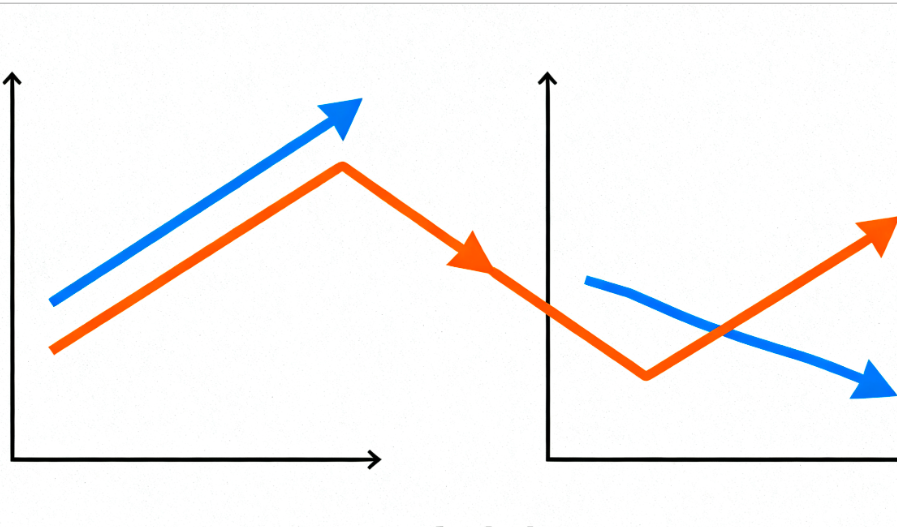
On October 24th Eastern Time, the Federal Reserve announced comprehensive reforms to the annual "stress tests" for large banks. The Fed's plan aims to improve the design of certain models, including those for credit losses, operational risk, and securities.
Additionally, the Fed plans to solicit feedback from the industry in advance before finalizing the "severely adverse scenario" to be used in the next round of stress tests.
The released documents also unveiled the preliminary standards for the 2026 version of the stress test. The most severe scenario requires banks to assess how they would cope with a global economic recession, sharp declines in stock markets and real estate, and the U.S. unemployment rate reaching double digits.
Under the new framework, the Fed on Friday disclosed the proposed worst-case scenario assumptions intended for the 2026 stress test:
This scenario envisions a severe global recession, a significant drop in risk asset prices, a decline in risk-free interest rates, and highly volatile financial markets—including a 54% plunge in stock prices over the first three quarters.
Corporate bond spreads widen to 5.7 percentage points, the U.S. unemployment rate rises to about 10%, real estate prices collapse, and simultaneously, Asian economies experience a sharp slowdown.
It is important to note that the above scenario is purely a hypothetical for testing purposes and is not an economic forecast.
Federal Reserve Vice Chair for Supervision, Governor Michelle Bowman, stated that she hopes these reforms can be formally adopted after the public comment period, before the 2026 test. The Federal Reserve Board voted on Friday at a meeting in Washington to formally propose these reform measures.
In her prepared remarks for the meeting, Bowman pointed out that currently, the stress test models, the framework for scenario design, and the specific scenarios are not fully public or subject to public comment. This lack of transparency can lead to uncertainty in banks' capital planning, potentially causing capital requirements to not match actual risks, and also limits public understanding and oversight of the stress testing process.
Under the new plan, the Fed will require regulators to disclose key models and scenario details for the year before the stress tests are conducted annually.
Furthermore, the reform package also includes changing the balance sheet data date used in the stress tests from December 31st to September 30th. The Fed stated that the overall adjustments are not expected to have a material impact on the capital requirements for participating banks.
"Stress tests" are a regulatory measure introduced after the 2008 financial crisis, designed to assess whether banks can remain resilient during a hypothetical economic downturn. For years, banks have been pushing for a relaxation of related capital regulations, arguing that the rules are too burdensome and restrict their business flexibility.
Earlier this year, all 22 major U.S. banks successfully passed the annual stress tests, paving the way for them to increase stock buybacks and dividend payments.
















